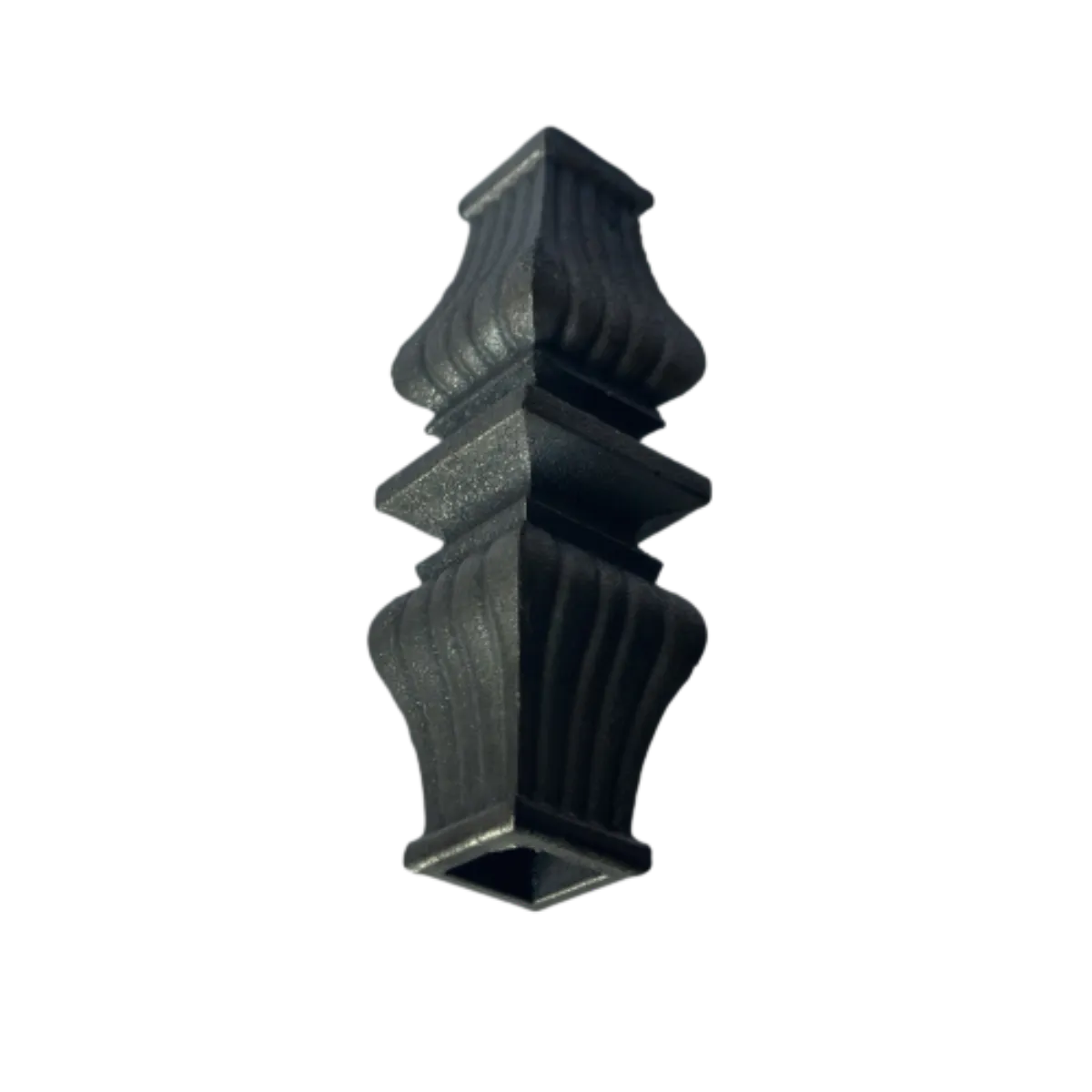Essential Components of Wrought Iron Fences for Durable Outdoor Enclosures
Understanding Wrought Iron Fence Parts
Wrought iron fencing is a classic choice for many homeowners, thanks to its durability, aesthetic appeal, and timeless elegance. While the overall structure of a wrought iron fence is often the most visible aspect, it's the individual parts that contribute to its function, strength, and beauty. In this article, we will delve into the key components of wrought iron fences, explaining their purposes and how they work together to create a reliable and attractive barrier.
1. Posts
The posts are the backbone of any wrought iron fence. These vertical structures are typically made of solid wrought iron and serve as the main support for the entire fencing system. Posts are crucial for maintaining the integrity and stability of the fence, anchoring it securely into the ground. The height, thickness, and design of the posts can vary based on the style of the fence and the specific requirements of the property. Decorative post caps can also be added, providing an extra flair to the overall look of the fence.
2. Panels
Wrought iron fence panels are composed of horizontal and vertical bars that create the fence’s face. These panels not only provide security but also contribute significantly to the overall aesthetics of the fence. The design of the panels can range from simple, straight lines to intricate patterns featuring scrolls or geometric shapes. Depending on the style desired, panels can be customized to fit a homeowner’s specific taste, making wrought iron fencing a versatile choice. The spacing between the bars can also be altered for varying levels of visibility and security.
3. Rails
Rails are the horizontal elements that connect the fence panels and add structural support. Usually made from the same high-quality wrought iron as the posts and panels, rails come in various sizes and can be designed for both strength and decor. There are typically two to three horizontal rails for each section of the fence, depending on the overall height and design intended. Not only do they enhance stability, but they also unify the fence's appearance.
wrought fence parts

4. Hardware
Strong and durable hardware is essential for the functionality of a wrought iron fence. This includes components like brackets, screws, and hinges, which secure the panels and posts together. Quality hardware ensures that the fence can withstand environmental pressures and maintains its integrity over time. For gates, specific hardware is needed such as gate latches and hinges, which must be durable enough to support the weight and movement of the gate.
5. Finials
Finials are ornamental pieces that can be added to the tops of the posts or panels. These decorative enhancements often take the form of pointed spires, balls, or other designs, providing an elegant finish to the fence. Beyond aesthetics, finials can also serve a practical purpose as they can help deter climbing and provide an additional layer of security.
6. Gates
Every wrought iron fence typically includes at least one gate, allowing for entry and exit. Gates should be substantial and well-constructed to match the fence's overall design. They can be single or double (French) gates, depending on the width needed for access. Gates should operate smoothly, and the choice of hinges and locks is crucial for maintaining security.
Conclusion
In summary, a wrought iron fence is composed of multiple important components that work together to create a secure, durable, and visually appealing boundary for your property. From the sturdy posts and elegant panels to the finer details like finials and quality hardware, each part plays a crucial role in the fence’s overall performance and appearance. Homeowners considering wrought iron fencing should take the time to explore the different components available, allowing them to customize their fencing solution that not only meets their security needs but also enhances their property’s curb appeal. With proper care and maintenance, a wrought iron fence can last a lifetime, making it a wise investment for any homeowner.
-
Wrought Iron Components: Timeless Elegance and Structural StrengthNewsJul.28,2025
-
Window Hardware Essentials: Rollers, Handles, and Locking SolutionsNewsJul.28,2025
-
Small Agricultural Processing Machines: Corn Threshers, Cassava Chippers, Grain Peelers & Chaff CuttersNewsJul.28,2025
-
Sliding Rollers: Smooth, Silent, and Built to LastNewsJul.28,2025
-
Cast Iron Stoves: Timeless Heating with Modern EfficiencyNewsJul.28,2025
-
Cast Iron Pipe and Fitting: Durable, Fire-Resistant Solutions for Plumbing and DrainageNewsJul.28,2025
-
 Wrought Iron Components: Timeless Elegance and Structural StrengthJul-28-2025Wrought Iron Components: Timeless Elegance and Structural Strength
Wrought Iron Components: Timeless Elegance and Structural StrengthJul-28-2025Wrought Iron Components: Timeless Elegance and Structural Strength -
 Window Hardware Essentials: Rollers, Handles, and Locking SolutionsJul-28-2025Window Hardware Essentials: Rollers, Handles, and Locking Solutions
Window Hardware Essentials: Rollers, Handles, and Locking SolutionsJul-28-2025Window Hardware Essentials: Rollers, Handles, and Locking Solutions -
 Small Agricultural Processing Machines: Corn Threshers, Cassava Chippers, Grain Peelers & Chaff CuttersJul-28-2025Small Agricultural Processing Machines: Corn Threshers, Cassava Chippers, Grain Peelers & Chaff Cutters
Small Agricultural Processing Machines: Corn Threshers, Cassava Chippers, Grain Peelers & Chaff CuttersJul-28-2025Small Agricultural Processing Machines: Corn Threshers, Cassava Chippers, Grain Peelers & Chaff Cutters












